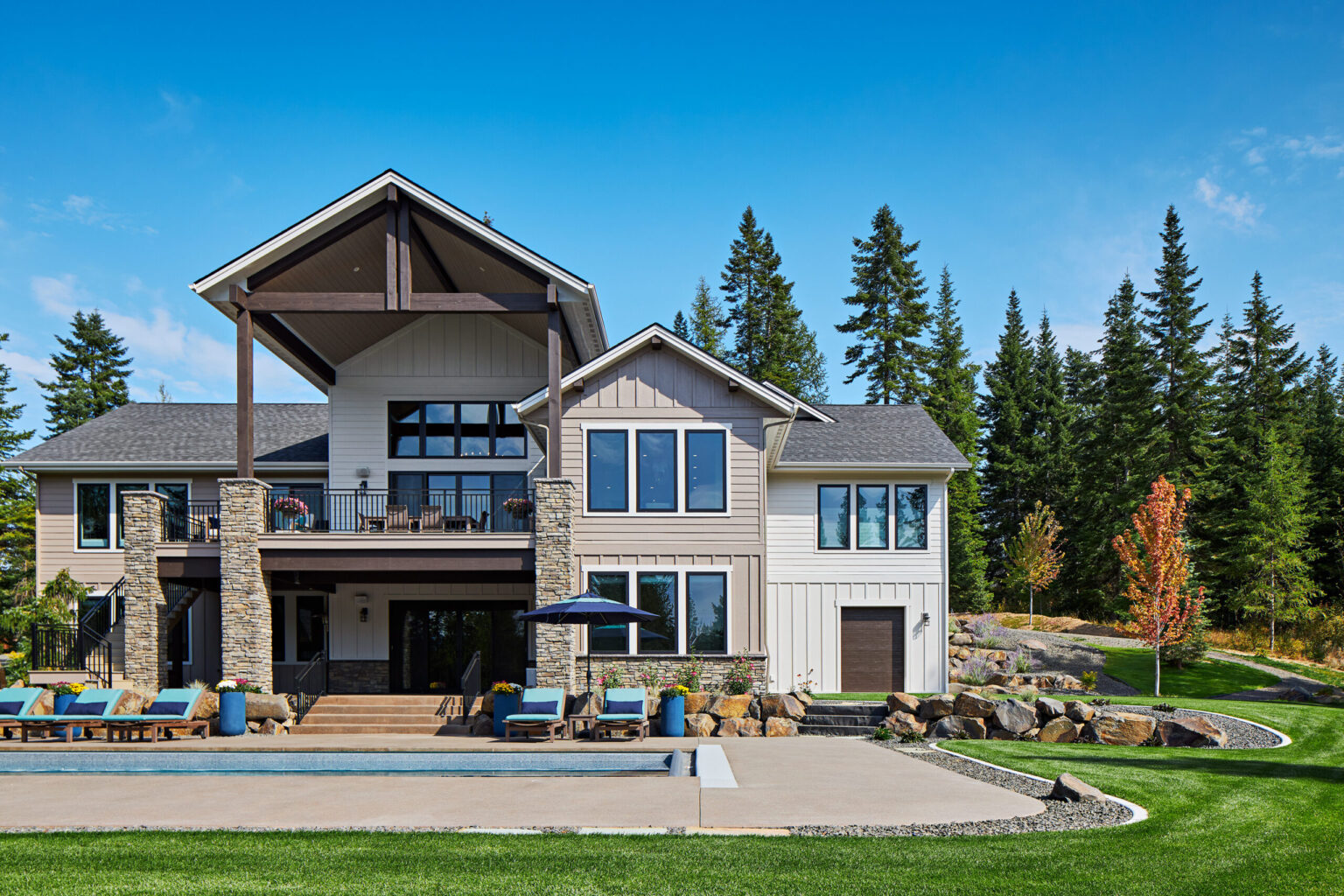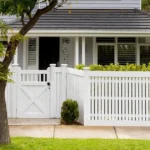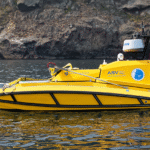Key Takeaways
- Utilizing native and drought-tolerant plants reduces water usage and supports local ecosystems.
- Smart irrigation systems and rainwater harvesting optimize water conservation.
- Incorporating recycled and natural materials in hardscaping minimizes environmental impact.
- Edible landscaping combines aesthetics with functionality, promoting self-sufficiency.
- Vertical gardens and green roofs maximize green space in urban environments.
Eco-friendly landscaping has become a defining feature of modern homes, as more homeowners look for ways to create beautiful outdoor spaces while minimizing their environmental impact. Sustainable design is not just about aesthetics—it’s a conscious approach that nurtures local ecosystems, conserves resources, and supports the well-being of families and communities. For those considering a sustainable home investment or redesign, collaborating with professionals such as the Naples FL real estate experts The Profeta Team can offer valuable insight into properties and trends that embody these eco-conscious principles.
By incorporating native plantings, leveraging smart water solutions, and selecting sustainable materials, homeowners are discovering new opportunities to blend environmental stewardship with modern comfort and curb appeal.
Embracing Native and Drought-Tolerant Plants
One of the simplest yet most effective steps towards eco-friendly landscaping is prioritizing native and drought-tolerant plants. Native plants are inherently adapted to local soil, climate conditions, and pests, ensuring they thrive with minimal intervention. For example, in regions like the Pacific Northwest, sword ferns and Pacific dogwood are stellar choices, while in arid zones, succulents and lavender add both resilience and beauty. Using such plants can dramatically reduce the need for supplemental watering and fertilizers, fostering a landscape that is both low-maintenance and vibrant.
Implementing Smart Water Management
Thoughtful water management is a core principle of sustainable landscaping. Smart irrigation systems, featuring soil moisture sensors and automated schedules that adjust to local weather, eliminate waste by providing water only when and where it’s needed. These systems alleviate the guesswork for homeowners and reduce utility costs. Rainwater harvesting—collecting runoff from rooftops into barrels or cisterns—further minimizes dependence on municipal water and is an effective way to naturally irrigate gardens during dry periods. Guidance on this approach can be found at EPA’s Soak Up the Rain initiative.
Utilizing Sustainable Hardscaping Materials
The choice of materials for patios, walkways, and retaining walls has a profound impact on a landscape’s environmental footprint. Recycled concrete, reclaimed wood, and permeable pavers are now popular alternatives to conventional materials. Permeable paving systems, in particular, allow stormwater to filter through the surface and replenish underground water tables, substantially cutting down on runoff and erosion.
Incorporating Edible Landscaping
Edible landscaping is a trend that merges utility with beauty, enabling homeowners to enjoy fresh fruit, vegetables, and herbs right from their backyard. By thoughtfully integrating edible plants with ornamentals, you create a functional, attractive setting that supports local pollinators and reduces your reliance on store-bought produce. Berry bushes, citrus trees, and kitchen herbs can be artfully arranged in borders or containers to provide year-round harvests with minimal transport emissions.
Maximizing Space with Vertical Gardens and Green Roofs
For urban homeowners or those with compact yards, vertical gardens and green roofs offer innovative solutions to maximize green space. Vertical gardening—using wall-mounted planters, trellises, or hanging pots—provides a lush display without eating up valuable ground area. Green roofs, consisting of living plant layers installed on top of buildings, yield added insulation, reduce stormwater runoff, and naturally filter air pollutants. They also create crucial habitats for birds and pollinators within city environments.
Creating Wildlife-Friendly Habitats
Sustainable landscaping extends its reach by fostering habitats for beneficial wildlife. Planting native flowering species encourages pollinators such as bees and butterflies, while features such as birdhouses, feeders, and water baths can attract a diverse array of birds and insects. Leave some leaf litter and logs to form shelters for amphibians and beneficial insects, creating a thriving, balanced micro-ecosystem in your own yard.
Integrating Smart Technology
Emerging technologies enable homeowners to automate and fine-tune their eco-friendly landscapes. Smart outdoor lighting, energy-efficient garden appliances, and weather-adaptive irrigation allow for effortless maintenance and resource savings. These systems can be operated from smartphones, making it simpler than ever to monitor conditions, schedule watering, or control lighting to reduce energy use.
Conclusion
Modern eco-friendly landscaping practices marry sustainability and design, empowering homeowners to craft outdoor sanctuaries that support the environment and enhance daily living. Whether you’re planting native species, adopting water-wise technologies, or installing a green roof, these strategies help reduce your ecological footprint while fostering wellness and beauty around your home. Thoughtful planning, paired with reputable design and real estate guidance, ensures your landscape investment is as responsible as it is rewarding.
- The Key Role of Technological Innovation in Boating Equipment
- Build Up Yourself With Customlin Trying Custom Clothing Manufacturers
- Safer Streets for Motorcyclists: Practical Tips and Modern Road Changes
- Top Signs You’re Ready to Sell Your Home
- Building Wealth through Real Estate: Proven Strategies for Long-Term Success







